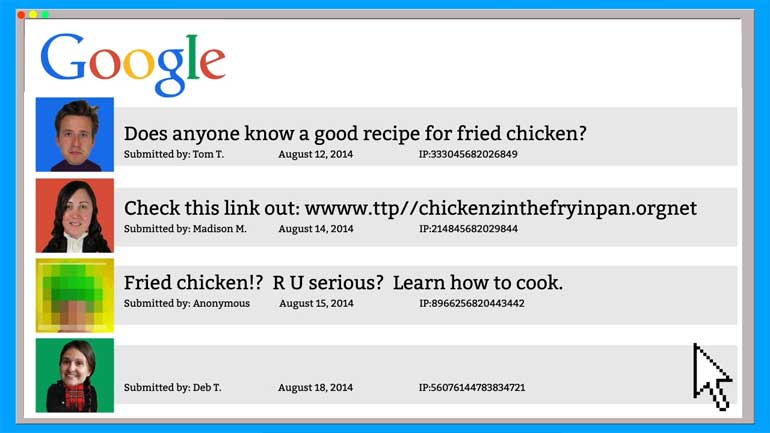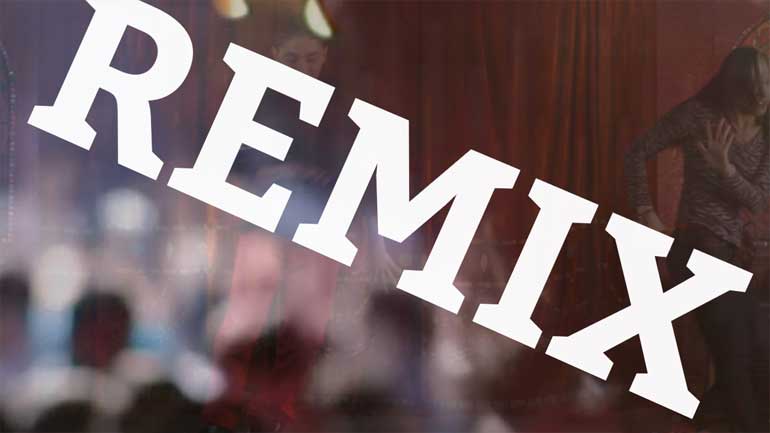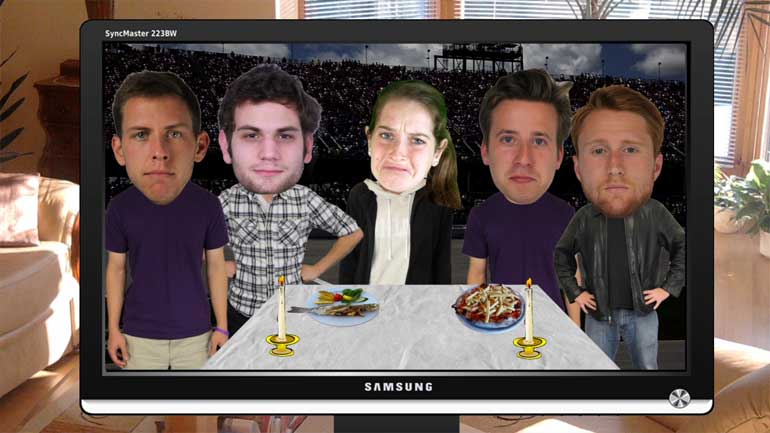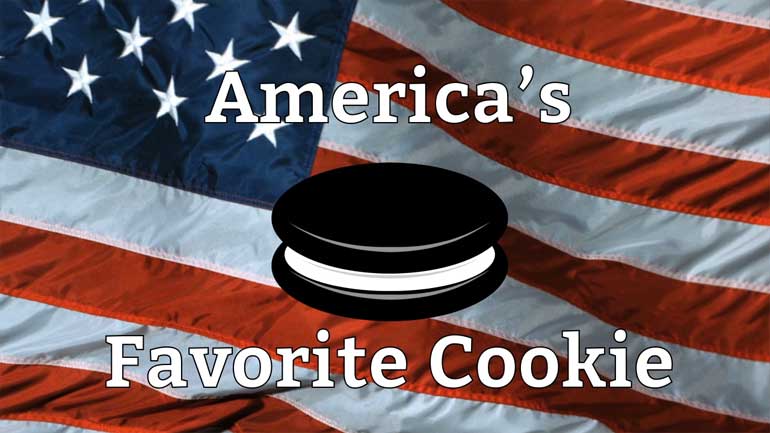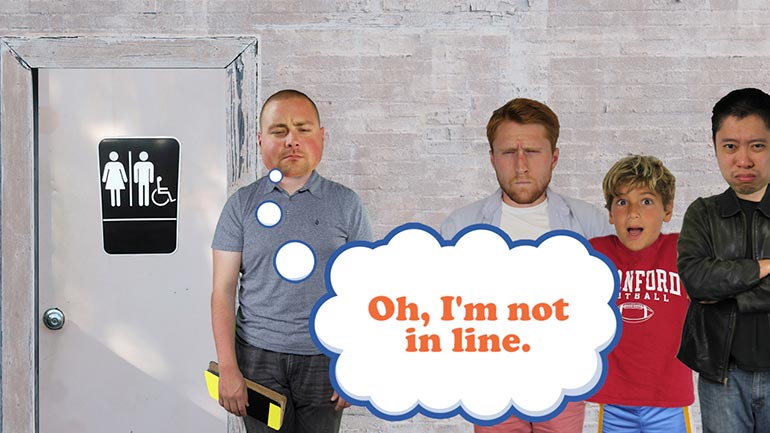ShmoopTube
Where Monty Python meets your 10th grade teacher.
Search Thousands of Shmoop Videos
Media Literacy Part 6: Rhetoric in Ads 775 Views
Share It!
Transcript
- 00:01
We speak student!
- 00:05
Media Literacy
- 00:07
Rhetoric in Ads
- 00:09
a la Shmoop
- 00:12
So the topic is rhetoric in ads.
Full Transcript
- 00:14
Now, rhetoric.
- 00:15
[ whoop ]
- 00:16
What is rhetoric?
- 00:18
Yeah, I hate the word "rhetoric."
- 00:20
It gets thrown around so much, it's kind of out of control. [guy pitches rhetoric down a baseball field]
- 00:24
But what rhetoric is
- 00:25
is the art of persuading people
- 00:29
with words. That's it.
- 00:31
And that's why we hear the word "rhetoric"
- 00:33
used a lot with politicians.
- 00:34
Because all politicians are trying to do
- 00:36
is persuade people with their words. [President Obama on a podium]
- 00:39
So, Deb,
- 00:40
define for us what are the key elements that comprise rhetoric?
- 00:45
We have logos, pathos, and ethos. [speak no evil, hear no evil, see no evil monkeys]
- 00:49
And these are the three types of rhetoric
- 00:51
that are used, especially in advertising, to persuade the audience. [monkeys running around a shampoo add]
- 00:56
So first we have logos.
- 00:58
Logos is appealing to the logical side of the audience.
- 01:05
Logos, logic, makes sense. [Spok approves]
- 01:09
Let's use an example.
- 01:11
The Gatorade example.
- 01:13
You have a Gatorade commercial [guy on football field with Gatorade]
- 01:15
and it's gonna show
- 01:17
someone who drinks Gatorade and then it's gonna be like,
- 01:20
"Hey, this person drank Gatorade
- 01:23
and then they won 15 football games in a row."
- 01:26
And you're thinking, "Oh, okay. [guy on couch watching commercial approves]
- 01:28
They're doing one thing, correlation, they're doing this other thing.
- 01:32
That logically makes sense."
- 01:33
It's basically making any sort of argument
- 01:36
that we're using logic and reason
- 01:38
to say, "Yeah, okay, that's a solid argument."
- 01:40
Then we have pathos.
- 01:42
And this is when you appeal to someone's emotions.
- 01:46
This would be if
- 01:48
you had a celebrity with a Gatorade
- 01:53
but then they gave the Gatorade
- 01:56
to a really sad-looking child.
- 01:59
And then the sad-looking child drank it and all of a sudden, they were happy.
- 02:02
And we would go, "Oh, my God.
- 02:04
That sad kid's happy now. Oh, that's so sweet."
- 02:07
And we would
- 02:09
say, "Hey. Gatorade's cool."
- 02:10
We know that's not the case.
- 02:12
We are very aware of this logically.
- 02:14
But emotionally, we feel that.
- 02:16
So, ethos is about presenting the information
- 02:20
via a trustworthy source.
- 02:22
And celebrities are often considered trustworthy sources
- 02:26
just because they're familiar to us and we know them.
- 02:28
So if we're going back to the Gatorade example,
- 02:30
we would have then
- 02:33
an athlete drinking Gatorade. Because we're like,
- 02:36
"Oh, this guy knows. He needs to keep hydrated." [baskeball athlete drinks Gatorade]
- 02:38
And so that's a trustworthy source for us.
- 02:41
You might have
- 02:43
Bill Gates come on the screen
- 02:45
and talk to you about computers. Trustworthy source.
- 02:47
This guy knows how to use a computer. [Bill Gates smashes computer with an ax]
- 02:49
So you basically have someone presenting
- 02:51
information to you
- 02:53
that you trust that person's knowledge and background
- 02:58
to give you the right stuff. And so you say,
- 03:00
"If he thinks so, then I think my gut feels good about that."
- 03:04
Got it. Okay.
- 03:06
[ whoop ]
- 03:08
What is rhetoric?
- 03:10
What are the keys elements that comprise rhetoric?
Related Videos
What's the difference between a real estate agent and a real estate broker? Is the latter just, uh... out of cash? Quite the opposite, in fact. Jum...
So... what's a TSA worker, and what do they do? Oh, we thought maybe you knew. Okay, okay... so TSA (or Transportation Security Administration) wor...
